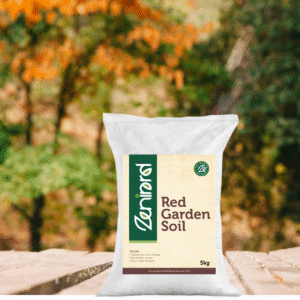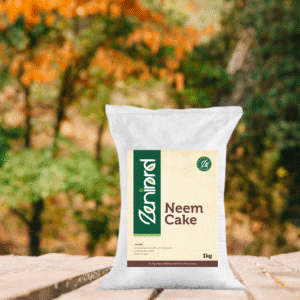🌿 Humic Acid for Plants
“Feed the Soil, Not Just the Plant.”
🧪 What is Humic Acid?
Humic acid is an organic compound derived from decomposed plant and animal matter, typically extracted from Leonardite (a type of lignite coal). It is rich in carbon, trace minerals, and functional groups that improve soil structure and nutrient uptake.
✅ Key Benefits of Humic Acid
| 🌱 Benefit | 🌼 What It Does |
|---|---|
| 🛠️ Improves Soil Structure | Loosens compact soil, boosts aeration and water retention |
| 💧 Increases Water Holding | Helps sandy soils retain moisture longer |
| ⚡ Boosts Nutrient Uptake | Enhances absorption of NPK and micronutrients by plant roots |
| 🌿 Stimulates Root Growth | Encourages deeper, stronger root systems |
| 🌾 Feeds Soil Microbes | Acts as food for beneficial bacteria and fungi |
| 🍀 Reduces Fertilizer Leaching | Keeps nutrients near the roots for longer |
| 🛡️ Stress Tolerance | Improves plant resistance to drought, salinity, and temperature changes |
🪴 How to Use Humic Acid
💧 Liquid Form (Most Common)
-
Dilution: 3–5 ml per liter of water
-
Application: Apply directly to soil or spray on leaves
-
Frequency: Every 15–20 days
🌿 Granular or Powdered Form
-
Dosage: 5–10 g per plant (or 1–2 tsp) mixed into soil
-
Usage: Mix into topsoil or apply during transplanting
🌱 Best For:
-
All indoor and outdoor plants
-
Vegetables, flowers, lawns, trees
-
Soil restoration & organic farming
-
Seedlings & transplants






Reviews
There are no reviews yet.